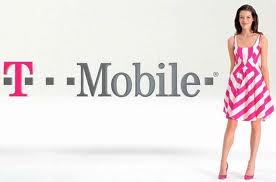Context in Marketing and Planning
Ben Benson’s Steak House is a classic New York steakhouse. Meat, potatoes, spinach and big drinks. In the 80s I used to do some fun advertising for Ben, when the “steakhouse wars” were the rage. Lots of creative print advertising in the city with Poppe Tyson, my dad’s agency, and creative director Fergus O’Daly in the bull’s eye.
One of my best marketing ideas at the time, which I pitched to Ben, was to offer captains of industry who frequented the establishment on rainy days a free Ben Benson golf umbrella, if they left theirs at the office. Follow the color scheme, make the logo big but delicate and provide best customers with a meaningful spiff. Oh, and the advertising walking around midtown wouldn’t hurt. I could get the umbrellas for about $19 a piece, printed.
“You know how many steaks I have to sell to pay for one of those umbrellas?” asked Ben. “My sirloins (remember, if was the 80s) retail for $24 and cost me $18. I’d have to sell 3 steaks to pay for one umbrella.” This, from a guy running a multi-million dollar steakhouse with a $100,000 ad budget. Still, in Ben’s mind steaks jumping across plates was context. Understand the context of your customer before you sell them and you have a higher chance of success. Peace.
(Psst Ben. Your sirloins are $50 today and an umbrella is still about $19 – just sayin’.)


